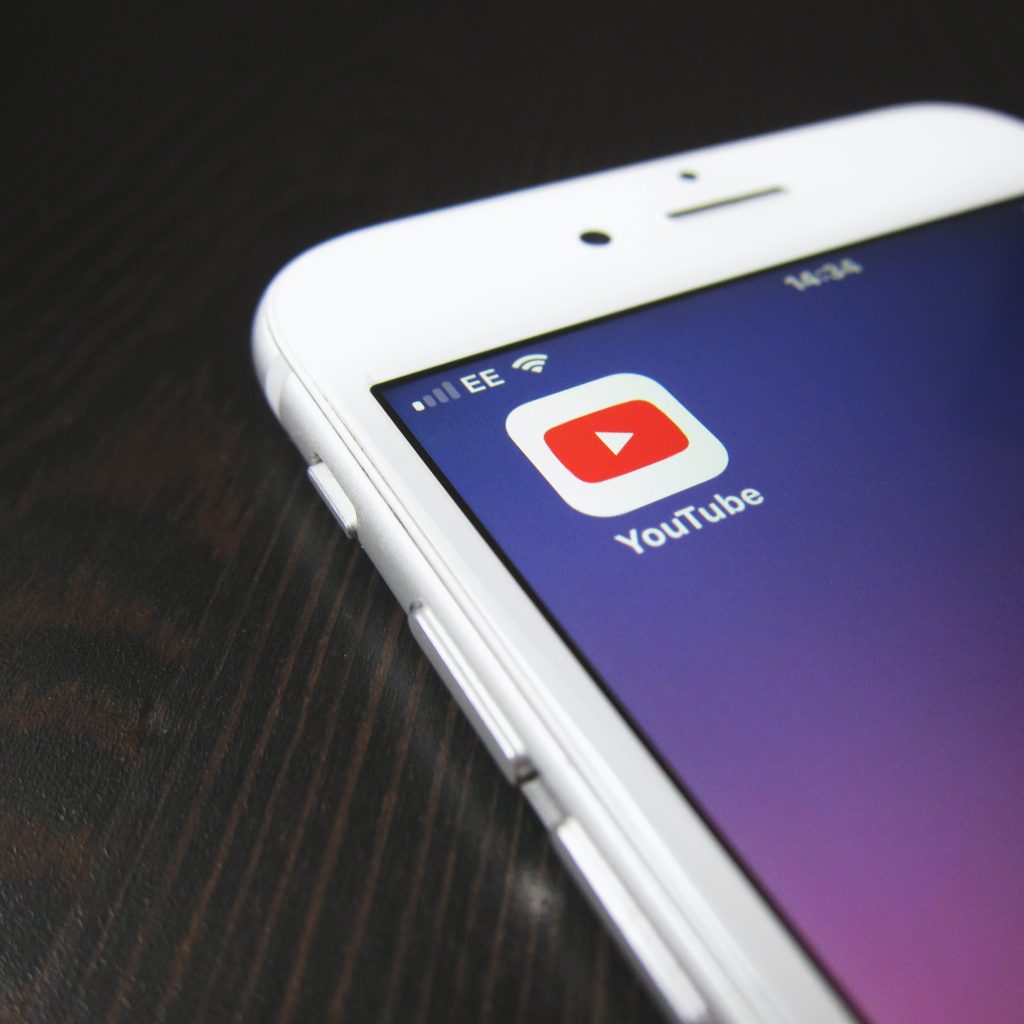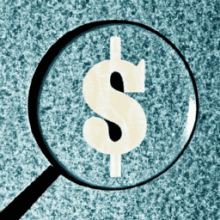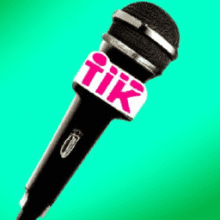YouTube Monetization: Dos And Don’ts
In the world of video content creation, YouTube has become a platform of endless opportunities. With millions of users flocking to the site every day, many individuals dream of turning their passion into a successful business venture. However, navigating the world of YouTube monetization can be tricky without the right guidance. In this article, you will find a comprehensive list of dos and don’ts that will help you effectively monetize your YouTube channel and avoid common pitfalls along the way. So grab your camera, buckle up, and get ready to unlock the secrets of YouTube success.
Choosing the Right Content
When it comes to generating income on YouTube, choosing the right content is crucial. Understanding your audience is the first step in this process. Take some time to research and analyze who your target audience is and what they are interested in. By having a clear understanding of their preferences, you can create content that is more likely to engage and resonate with them.
Creating high-quality videos is another essential aspect of choosing the right content. Invest in good equipment, such as a decent camera and microphone, to ensure your videos are visually and audibly appealing. Pay attention to the lighting and sound quality to deliver a professional-looking video to your viewers. High-quality videos not only attract more viewers but also increase the chances of monetization.
Consistency in uploads is equally important. Regularly uploading new content helps build a loyal audience base. Set a schedule for posting videos and stick to it. Whether it’s once a week or twice a month, consistency shows your commitment to your channel and helps your viewers know when to expect new content from you. This consistency builds trust and keeps your audience engaged.
Understanding YouTube Policies
To successfully monetize your YouTube channel, it’s crucial to understand and comply with YouTube policies. This includes reviewing YouTube’s content guidelines. These guidelines outline what is acceptable content on the platform and what is considered inappropriate or offensive. Familiarize yourself with these guidelines to ensure your content aligns with YouTube’s standards.
Complying with copyright laws is another critical aspect of YouTube monetization. Avoid using copyrighted material in your videos without permission from the copyright holder. This includes music, images, and other creative works. Instead, consider using royalty-free music and obtaining necessary licenses or permissions for copyrighted materials. By respecting copyright laws, you avoid potential copyright strikes and protect your channel’s monetization status.
When creating content, it’s essential to steer clear of community strikes. These strikes are issued by YouTube when a video violates the platform’s policies. Multiple community strikes can result in the suspension or termination of your YouTube channel. To avoid community strikes, ensure your content adheres to YouTube’s guidelines and avoids any harmful or offensive material. Moderate comments on your videos to prevent any potential violations from occurring.

Implementing Effective SEO
Implementing effective search engine optimization (SEO) techniques can significantly boost the visibility of your videos on YouTube. Keyword research is a crucial step in this process. Use tools like Google Keyword Planner or TubeBuddy to find relevant keywords related to your video’s topic. Incorporate these keywords naturally into your video titles, descriptions, and tags to increase the chances of your videos appearing in search results.
Optimizing video titles and descriptions is another SEO technique to focus on. Craft compelling titles that accurately represent your video’s content and attract viewers’ attention. Include relevant keywords in your titles to increase their visibility in search results. In the video description, provide a detailed summary of your video, incorporating keywords where appropriate.
Using tags and categories effectively is another way to enhance your video’s SEO. Tags help YouTube understand the content of your video and match it with relevant search queries. Include both broad and specific tags related to your video’s topic. Additionally, choose an appropriate category for each video to help YouTube organize and recommend your content to viewers interested in that category.
Engaging with Your Audience
Engaging with your audience is a vital aspect of building a successful YouTube channel. Responding to comments is a great way to show your viewers that you value their input and appreciate their support. Take the time to read and respond to comments on your videos, answering questions and addressing any concerns. This interaction fosters a sense of community and encourages viewers to keep coming back to your channel.
Encouraging likes, shares, and subscriptions is another way to engage with your audience and expand your reach. Remind your viewers to like and share your videos if they enjoyed them. Ask them to subscribe to your channel to stay updated with your latest content. These calls to action can significantly increase engagement and help grow your audience.
Utilizing YouTube community features, such as polls, community posts, and live streams, can further engage your audience. Conduct polls to gather feedback and involve your viewers in decision-making processes. Use community posts to share updates, behind-the-scenes content, or sneak peeks. Hosting live streams allows you to interact with your audience in real time, answering their questions and fostering a sense of connection and community.

Building a Strong Brand Identity
Building a strong brand identity is crucial for long-term success on YouTube. One of the first steps in this process is creating a memorable channel name. Choose a name that is descriptive, unique, and easy to remember. Consider incorporating keywords related to your niche to help viewers understand the focus of your channel.
Designing eye-catching channel art is another way to strengthen your brand identity. Your channel banner and profile picture should visually represent your content and appeal to your target audience. Use high-quality images or graphics that align with your brand’s style. Consider incorporating your channel name or logo into your channel art to reinforce your brand identity.
Using consistent branding elements across your videos helps viewers recognize your content easily. This includes using a consistent intro and outro, incorporating your logo or channel name, and using a consistent color scheme or visual style. Consistency in branding fosters brand recognition and helps establish a professional and cohesive image for your channel.
Promoting Your Videos
Promoting your videos is essential to increase their visibility and attract a wider audience. Sharing your videos on social media platforms like Facebook, Twitter, and Instagram helps reach audiences beyond YouTube. Create teaser posts or snippets of your videos to generate curiosity and encourage viewers to click and watch the full video on YouTube.
Collaborating with other YouTubers in your niche is an effective way to tap into their audience and gain exposure. Look for potential collaboration opportunities with creators who share similar content or have a complementary audience. Collaborative videos introduce your channel to a new audience and can lead to increased subscribers and viewership.
Utilizing YouTube advertising is another promotional strategy. YouTube offers various advertising options, including display ads, overlay ads, and skippable ads. These ads can help promote your videos to specific target audiences and increase their visibility. Consider allocating a budget for YouTube advertising to reach a wider audience and attract more viewers to your videos.

Understanding Monetization Options
YouTube provides several monetization options for creators to earn revenue from their content. Enabling ads on your videos is one of the most common ways to monetize your channel. By joining the YouTube Partner Program (YPP) and meeting the eligibility requirements, you can start earning money through ad revenue. Enable ads on your videos and ensure they comply with YouTube’s ad-friendly guidelines.
Exploring channel memberships and merchandise is another monetization option. Once your channel qualifies for channel memberships, you can offer exclusive perks and content to your members in exchange for a monthly fee. Additionally, consider selling branded merchandise, such as t-shirts or mugs, to your audience as a way to generate revenue and build a loyal fan base.
Utilizing Super Chat and YouTube Premium revenue is another aspect of monetization. Super Chat allows viewers to pay to have their messages highlighted during live streams, providing an additional source of income. YouTube Premium revenue is generated when YouTube Premium subscribers watch your content. While these may not be the primary sources of income, they can contribute to your overall revenue stream.
Analyzing and Optimizing Performance
Analyzing and optimizing your video performance is crucial to understand what works best for your channel and audience. Utilize YouTube Analytics to gain insights into your video’s performance, including views, watch time, and audience demographics. Analyze this data to identify trends and patterns, such as which videos perform the best and resonate the most with your audience.
Identifying top-performing videos helps you understand what content engages your audience the most. Analyze the common elements among your most successful videos, such as the topic, format, or length. Use these insights to inform your future content creation strategy and prioritize the types of videos that your audience enjoys the most.
Adjusting your strategy based on insights from analytics is key to continuous improvement and growth. Experiment with different formats, topics, and video lengths to see what performs best. Pay attention to viewer feedback and engagement metrics to gauge the success of your content. By adapting your strategy based on data-driven insights, you can optimize your performance and increase your chances of monetization.
Avoiding Monetization Pitfalls
While pursuing monetization on YouTube, it’s crucial to avoid certain pitfalls that can harm your channel’s reputation and chances of earning revenue. Buying fake views or subscribers is one such pitfall to steer clear of. These artificial metrics may provide a temporary boost, but they can damage your credibility and potentially lead to penalties from YouTube.
Engaging in sub4sub activities is another pitfall to avoid. Sub4sub refers to the practice of subscribing to other channels in exchange for them subscribing back to yours. While it may seem like a quick way to increase subscribers, it results in an inflated subscriber count without genuine engagement. Focus on building an organic audience base that is genuinely interested in your content.
Participating in clickbait practices is another pitfall that can harm your channel’s reputation. Clickbait involves using misleading or sensationalized titles or thumbnails to attract viewers. While it may generate initial clicks, it often leads to disappointed viewers and lowers audience trust. Instead, focus on creating compelling and accurate titles and thumbnails that accurately represent your video’s content.
Staying Compliant with Monetization Policies
To maintain a monetized channel on YouTube, it’s crucial to stay compliant with their policies. This includes monitoring and removing violative content. Regularly review your videos to ensure they adhere to YouTube’s guidelines. If you come across any videos that violate these guidelines, remove or edit them to prevent potential penalties or demonetization.
Respecting advertiser-friendly guidelines is another aspect of staying compliant. YouTube relies on advertisers to generate revenue, so it’s important to create content that is suitable for advertisers. Avoid creating or promoting content that is considered controversial, offensive, or harmful to advertisers’ brand image. Advertiser-friendly content increases the likelihood of ads being served on your videos, leading to higher revenue potential.
Avoiding restricted content is also essential. Restricted content consists of content that is not suitable for all viewers, such as adult-oriented or violent material. By creating content that falls within YouTube’s guidelines and restrictions, you maintain a monetizable channel that can attract a wider range of advertisers and viewers.
In conclusion, monetizing your YouTube channel requires careful consideration and adherence to various guidelines and best practices. By understanding your audience, creating high-quality content, implementing effective SEO techniques, and engaging with your viewers, you can lay a solid foundation for monetization. Building a strong brand identity, promoting your videos, and exploring different monetization options further enhance your chances of generating revenue. However, it’s crucial to avoid common pitfalls, stay compliant with YouTube’s policies, and analyze and optimize your performance to achieve long-term success on the platform.




